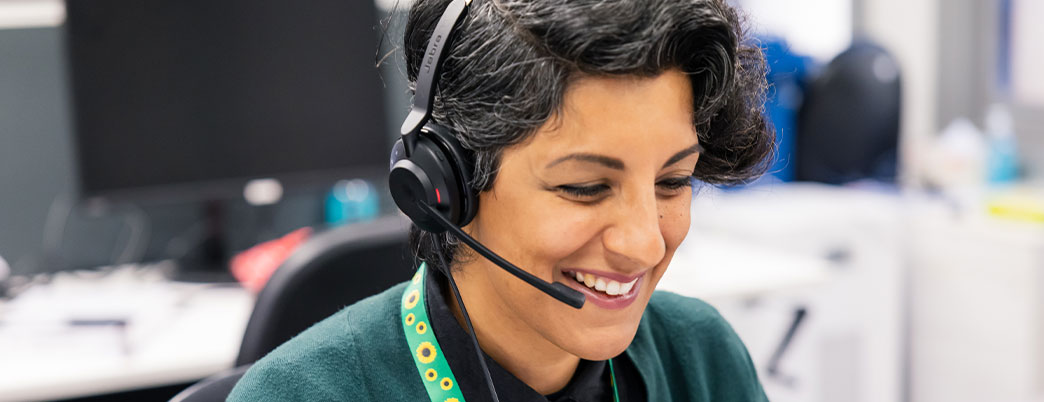
A practical guide for organisations
Disability status data is a powerful tool that helps organisations to make informed decisions about their policies and strategies, monitor progress and drive positive change for people with disability within their organisations. But disability data collection is often not prioritised by all employers, and many employees with disability feel unsafe in sharing their status.
This is why Diversity Council Australia and Australian Disability Network have partnered to produce the research report Disability Data at Work: How organisations can capture disability data safely and respectfully.
The report features research-based guidelines to assist organisations in creating environments where people with disability feel safe to share their disability status. The research includes a state-of-play of employment of people with disability, a strong case for change to create disability-inclusive workplaces, and a lock-and-key approach to creating safe and inclusive environments for employees to share their disability status.
Download the one page infographic below:
- PDF version of the one-page infographic ( 530 KB)
- Accessible word document version of the one page infographic (29 KB)
Members can log in below to access the Full Report, the Synopsis and a 2-page Infographic in the member only section.
Explore and share the case for change
Research reveals a strong case for change to create disability-inclusive and accessible workplaces – for organisations and for people with disability.
Increased profits
Organisations that embrace leading practices for employing and supporting people with disability have 28% higher revenue, twice the net income, and 30% higher profit margins than their peers not implementing best practice. These organisations are also 2 times more likely to have higher shareholder returns.
Increased innovation
Cruise control in vehicles, the phonograph, text function or touch features on our phones, the electric toothbrush, and the internet were all innovated by people with disabilities as part of designing themselves into a society that did not centre on their needs.
Better for mental health
Employees with disability who work in inclusive organisations are 4 times more likely to feel work has a positive impact on their mental health compared to employees with disability working in non-inclusive organisations.
Understanding the current state-of-play
Locked out of employment and career opportunities
People with disability are far more likely to be unemployed than people without disability. Only recently has the labour force participation of people with disability started to improve – it was 55% in 1993, 53% in 2018, and 61% in 2022 (compared to 77%, 84% and 85% for people without disability in the same years).
Non-inclusive recruitment is a major contributor for this. For example, research shows 1 in 5 people in Australia still think organisations should be able to refuse to hire people with disability.
Even once people with disability secure employment, they experience higher levels of discrimination and harassment, have less opportunity to contribute at work and are less likely to be treated fairly by their manager.

Lock-and-key-approach
Unsurprisingly, almost a third of employees with disability have not shared their disability status with their current employer when asked. While sharing disability status is a very personal decision, there are also workplace factors that make employees with disability feel unsafe sharing this information.
“I feel unsafe if I have to share my disability status.”
This guide explores both the organisational locks (barriers) preventing employees with disability from feeling safe to share their disability status at work, and the organisational keys (actions) which enable employees to feel safe sharing their disability status without fear of repercussion.
Access the resources
If you are a member and are not already logged in, please log in to access the resources

